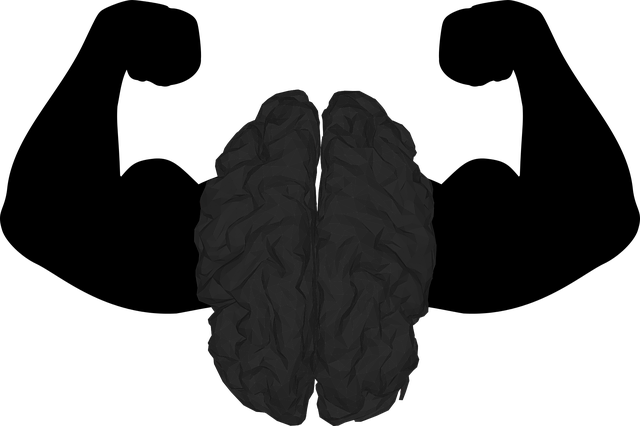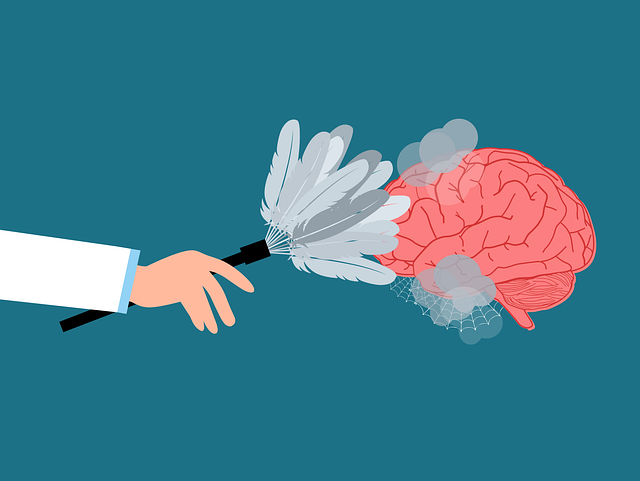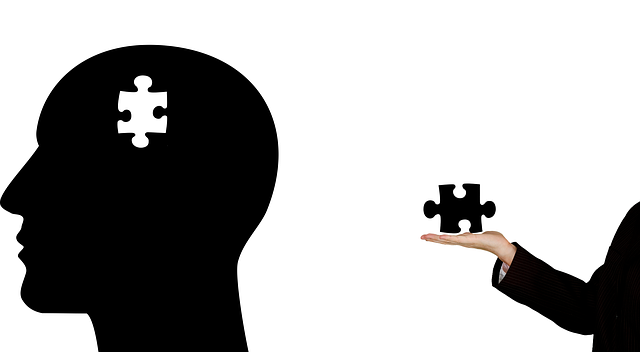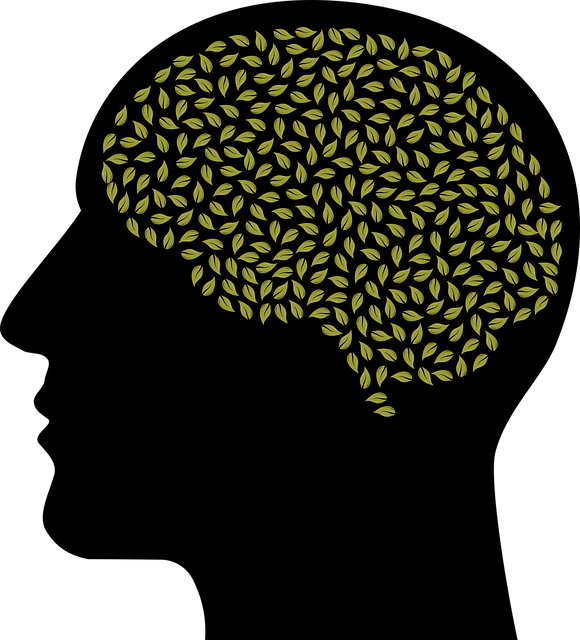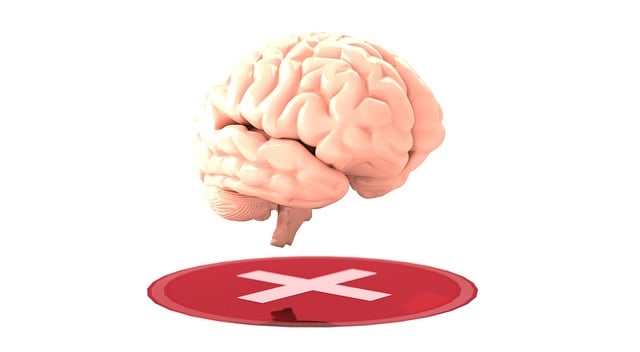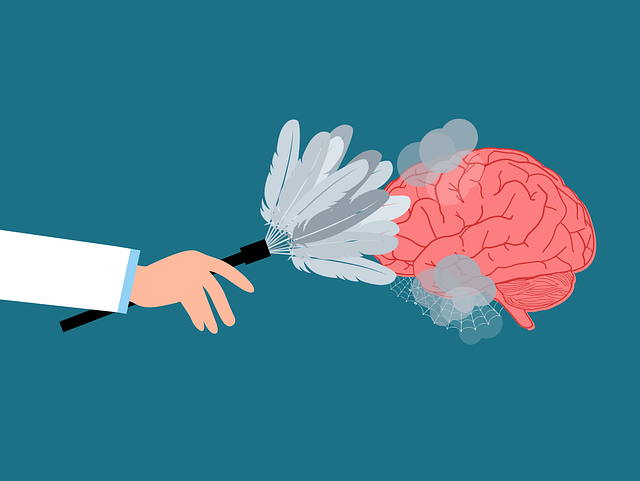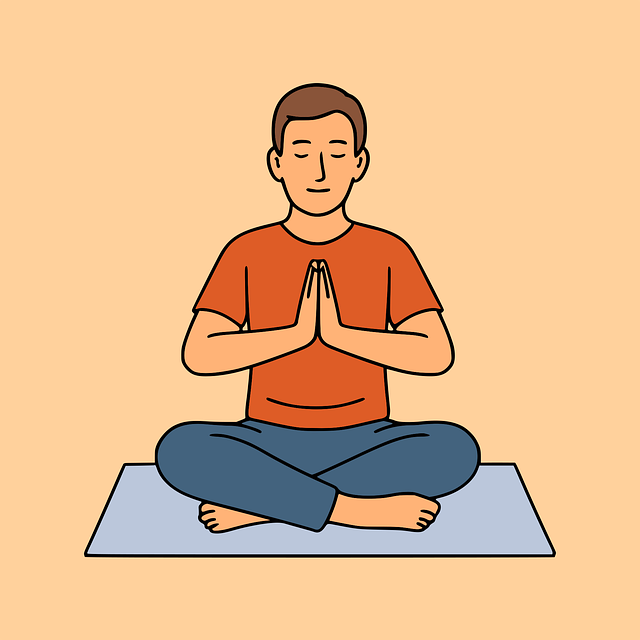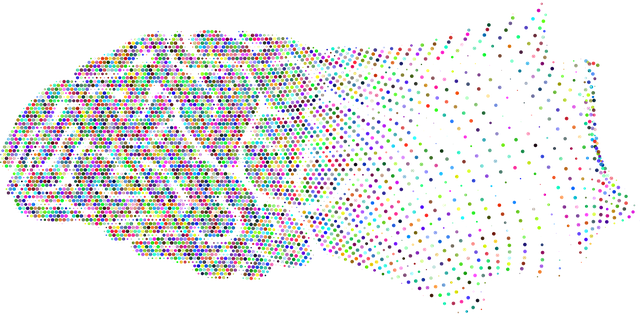Arvada Adolescent and Teen Therapy offers comprehensive support for emotional wellness, addressing key aspects of adolescent development. They employ strategies like Mental Wellness Coaching, Compassion Cultivation (Mind Over Matter), Cognitive Behavioral Therapy (CBT), mindfulness, meditation, physical activity, time in nature, and creative arts to empower teens with effective mood regulation skills. These evidence-based approaches foster resilience, promote healthier behaviors, and contribute to long-term mental wellness, available through specialized programs like those at Arvada Adolescent and Teen Therapy.
In today’s fast-paced world, mood regulation is a vital skill for adolescents and teens navigating the challenges of growing up. Understanding emotional balance is crucial for their well-being, especially in stressful times. This article explores various strategies to help young individuals manage moods effectively. From Cognitive Behavioral Therapy (CBT) used in Arvada Adolescent and Teen Therapy to mindful practices and creative outlets like art and music, these techniques empower teens to navigate turbulent emotions and foster emotional resilience.
- Understanding Mood Regulation: Unraveling Emotional Balance for Adolescents and Teens
- Cognitive Behavioral Therapy (CBT): A Powerful Tool in Arvada Adolescent and Teen Therapy
- Mindfulness and Meditation Techniques to Soothe Turbulent Minds
- The Role of Physical Activity and Nature in Managing Mood Swings
- Creative Outlets: Art, Music, and Writing as Mood Regulation Strategies
Understanding Mood Regulation: Unraveling Emotional Balance for Adolescents and Teens

Understanding mood regulation is crucial for adolescents and teens navigating the complexities of emotional development. This period is characterized by significant hormonal changes, cognitive growth, and social pressures, all of which can impact mental wellness. Arvada Adolescent and Teen Therapy emphasizes the importance of early intervention to foster healthy coping mechanisms and resilience.
Through various therapeutic approaches, such as Mental Wellness Coaching Programs Development and Compassion Cultivation Practices based on Mind Over Matter Principles, teens learn to identify and manage their emotions effectively. These strategies not only help in regulating immediate mood swings but also equip young individuals with lifelong skills to navigate challenging situations, enhancing overall mental wellness.
Cognitive Behavioral Therapy (CBT): A Powerful Tool in Arvada Adolescent and Teen Therapy

Cognitive Behavioral Therapy (CBT) has emerged as a powerful tool within the realm of Arvada Adolescent and Teen Therapy. This evidence-based approach focuses on identifying and changing negative thought patterns, enabling young individuals to develop inner strength and enhance their coping mechanisms. By addressing underlying issues that contribute to emotional distress, CBT offers a structured framework for navigating challenging situations, fostering resilience, and promoting healthier behaviors.
In the context of Arvada Adolescent and Teen Therapy, CBT is tailored to meet the unique needs of teenagers, helping them build confidence in managing their moods and emotions effectively. Through this therapy, young people learn to challenge negative thoughts, replace them with more realistic and positive ones, and develop strategies for burnout prevention. By empowering teens with these skills, CBT not only supports their emotional well-being but also paves the way for a more fulfilling and balanced life, fostering self-reliance and confidence boosting.
Mindfulness and Meditation Techniques to Soothe Turbulent Minds

In today’s fast-paced world, mindfulness and meditation techniques have emerged as powerful tools for soothing turbulent minds, especially among adolescents and teens grappling with stress and emotional turmoil. These practices, often integrated into therapy sessions at institutions like Arvada Adolescent and Teen Therapy, encourage individuals to focus on the present moment, cultivating a sense of calm and self-awareness. By engaging in regular mindfulness exercises, young people can learn to observe their thoughts without judgment, fostering better emotional regulation skills that extend beyond the therapy setting.
Meditation plays a pivotal role in this process, helping to quiet the mind’s chatter and reduce reactive responses to stress triggers. Through guided meditations tailored for adolescents, therapists facilitate an exploration of breathing techniques, body scans, and visualization exercises that promote relaxation and mental clarity. This not only enhances overall well-being but also serves as a valuable coping mechanism in managing mood swings and preventing more severe emotional distress. Increasing public awareness campaigns about the development and effectiveness of these strategies can further empower adolescents to take charge of their mental health through community outreach program implementations.
The Role of Physical Activity and Nature in Managing Mood Swings

Engaging in regular physical activity is a powerful tool for managing mood swings and promoting emotional well-being, especially among adolescents and teens navigating life’s challenges. Exercise releases endorphins, often referred to as ‘feel-good’ hormones, which can reduce stress, alleviate symptoms of anxiety and depression, and enhance overall mood. Whether it’s outdoor sports, walking in a local park, or joining an Arvada Adolescent and Teen Therapy group fitness class, physical activity provides a healthy outlet for expressing emotions and promoting positive mental health.
In addition to exercise, spending time in nature has been shown to have a profound impact on emotional regulation. The Mental Health Education Programs Design often emphasize the benefits of ‘green therapy’, where individuals immerse themselves in natural environments. This can include hiking trails, gardens, or even just sitting by a window with a view of greenery. Nature has a calming effect, reducing stress hormones and promoting relaxation. Incorporating nature into daily routines, as simple as taking a walk outside during lunch breaks, can be an effective Stress Reduction Method for teens, complementing their therapy sessions at Arvada Adolescent and Teen Therapy and fostering Emotional Intelligence.
Creative Outlets: Art, Music, and Writing as Mood Regulation Strategies

Engaging in creative outlets like art, music, and writing can be powerful mood regulation strategies for adolescents and teens navigating emotional challenges. These activities provide an outlet for self-expression, allowing individuals to process and externalize their feelings in a safe and constructive manner. For instance, painting or drawing can offer a visual representation of complex emotions, while playing an instrument or singing may serve as an auditory release, helping to calm the mind and reduce stress.
At Arvada Adolescent and Teen Therapy, we recognize the importance of these creative practices in fostering emotional well-being. Incorporating art therapy, music therapy, and expressive writing workshops into our crisis intervention guidance demonstrates our commitment to Cultural Sensitivity in Mental Healthcare Practice. By encouraging teens to explore their emotions through these mediums, we promote techniques for emotional well-being that can be lifelong tools, empowering them to manage mood swings effectively.
In conclusion, mood regulation strategies are essential tools for adolescents and teens navigating emotional challenges. From cognitive behavioral therapy in Arvada adolescent and teen therapy to mindfulness practices and creative outlets, various methods empower young individuals to manage their moods effectively. Integrating physical activity and connecting with nature further enhances emotional balance. By understanding and employing these strategies, teens can foster resilience and lead more fulfilling lives.


